- Tip 1: Invest in an External Flash Unit with a 90-degree Swivel
The techniques involved in bounce light photography are not really simple, as using the built-in flash of your camera may not live up to the task, especially if you’re in the Advertising Photography industry.
It would be best to purchase, as an investment, an external flash unit with a 90-degree swivel. Don’t worry, all major camera manufacturers have many different options for you in this department so it’s not going to be a hard find. Many of them even have reasonably affordable external flash units; with some even having the capability to rotate, adding even more functionality. So, spend a little cash – the results are going to be worth the investment!

- Tip 2: Use Ceilings and Walls
When trying to get the best results for bouncing light, ceilings and walls are your best friends. Where else are you going to bounce light if you aren’t in a fully-equipped studio where you can pretty much control the whole environment, right? When shooting indoors, take a moment to observe your surroundings and take a few test shots off the walls and ceiling of your location.
- Tip 3: Find the Right Surface
Finding the right type of surface is crucial to bouncing light in photography. You may have walls and ceilings, but that isn’t enough guarantee that you will get good results. Some surfaces just don’t have the right texture to make light bounce. For this reason, finding surfaces painted in white are best. Of course it won’t hurt to do a little trial and error especially if you are lacking white walls.
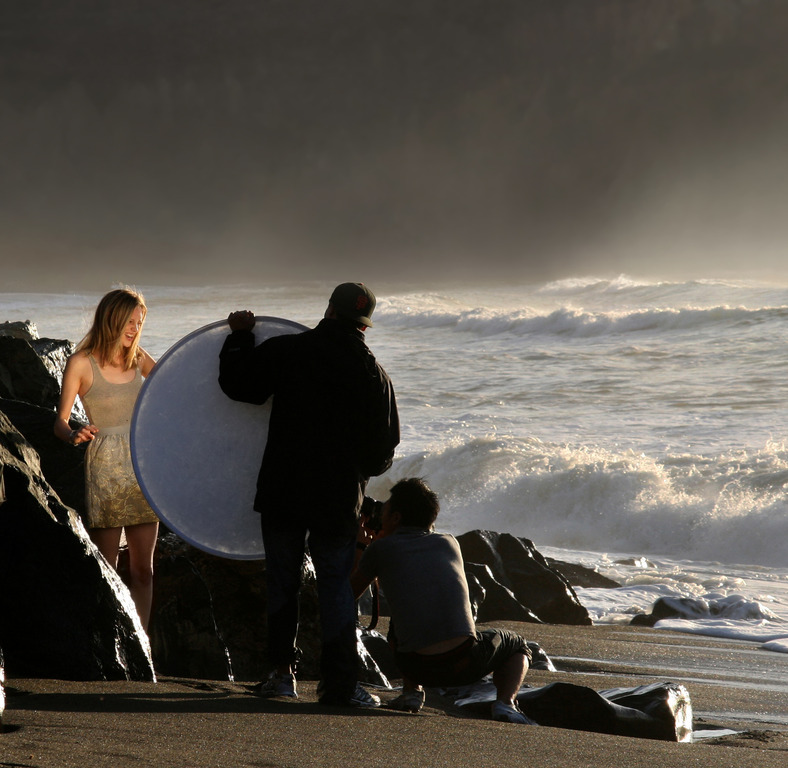
- Tip 4: Find the Best Angle
This one is pretty obvious for any photographer who has ever tried bouncing light. Finding the right angle to bounce light off will almost entirely depend on trial and error. With a little experience you will get better at discerning right from wrong.
- Tip 5: Control the Exposure
Exposure plays a very important role in photography and even more so when trying to find the right bounce of light. An overexposed exposure might not work well for the image you are trying to achieve. The same goes for underexposure. It’s a good thing though that camera and flash units can be set to automatically take care of the exposure for you. Set the flash into its TTL mode and your camera into Aperture Priority. This way, you can set a wide aperture that works best for portraits.
- Tip 6: Use a Bounce Card
A white plastic bounce card is the atomic bomb of bounce light photography. It snaps in just above the flash. Use it to make your subject look alive.
- Tip 7: White Paper
The bounce flash card does have its weakness – vertical format shots. To put it simply: it’s going to be in the wrong place. The easy fix is to hold white paper behind the flash head and viola!
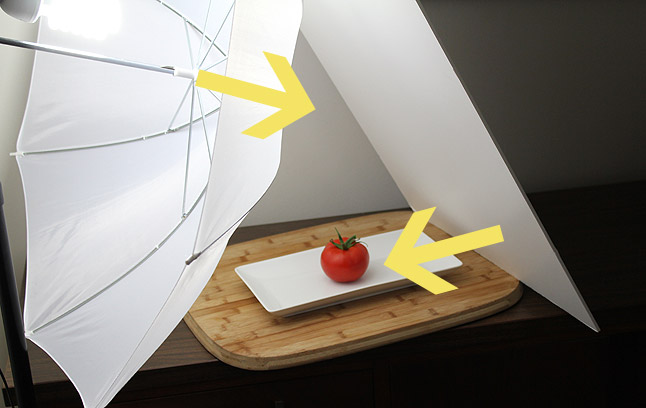
- Tip 8: Use Flash Compensation
Sometimes, you just can’t help it if there’s a little too much or too less exposure coming from your flash. Cases like this is where the flash compensation tool shines! You can use it to either increase or decrease the lighting of the image to suit your preference.
- Tip 9: Up your ISO
Do not stick to ISO 100 but rather try working with at least ISO 400. This will maximize the juice out of your batteries and speed up recycle times.
- Tip 10: Shoot in RAW
It isn’t uncommon to have minor problems regarding color balance, contrast and exposure when engaging in bouncing light photography. Shooting in RAW or RAW+JPEG mode allows correcting these issues for editing.
- Bonus Tip: Prepare your Batteries
Using external flash units will put extra stress on your batteries. It’s always best to never run out of juice, so charge your batteries to full and bring spares if possible.
Learning photography is not something that can be taught entirely by theories alone. You have to practice and experiment all the time. So go out there and take some photos!




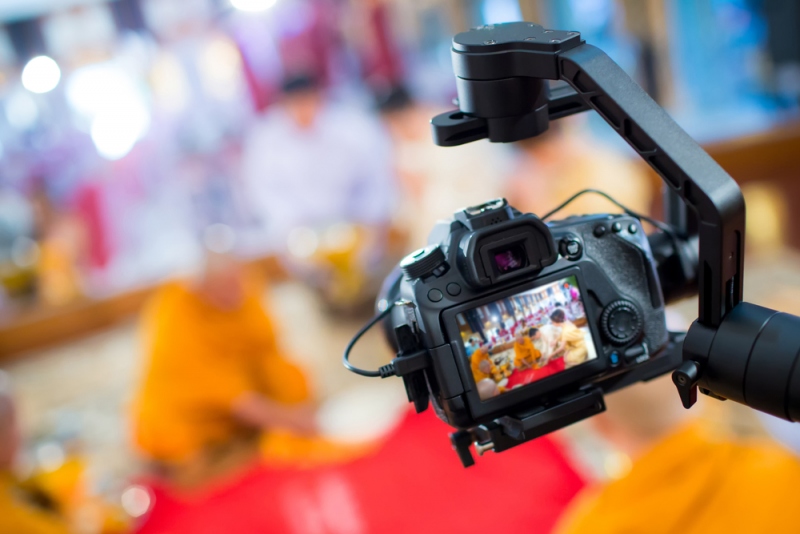
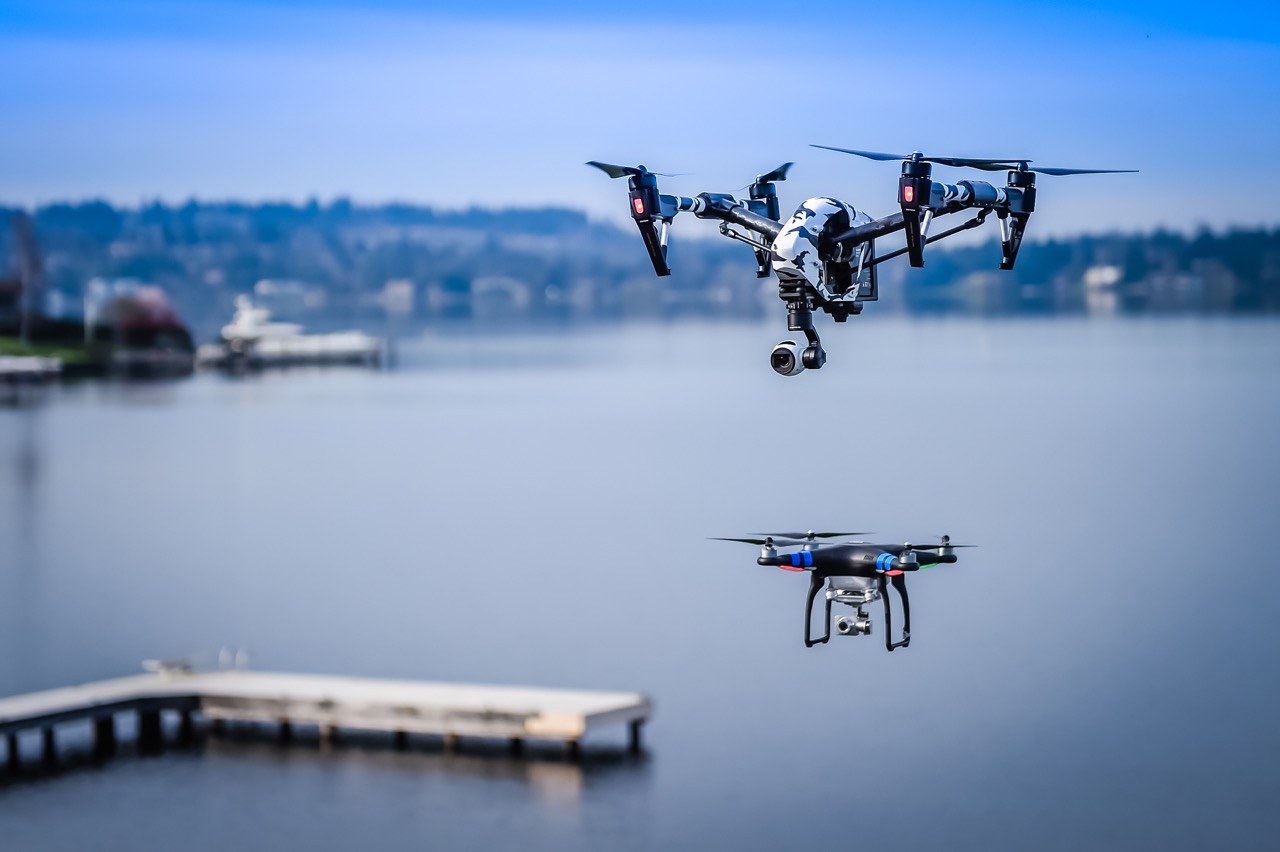
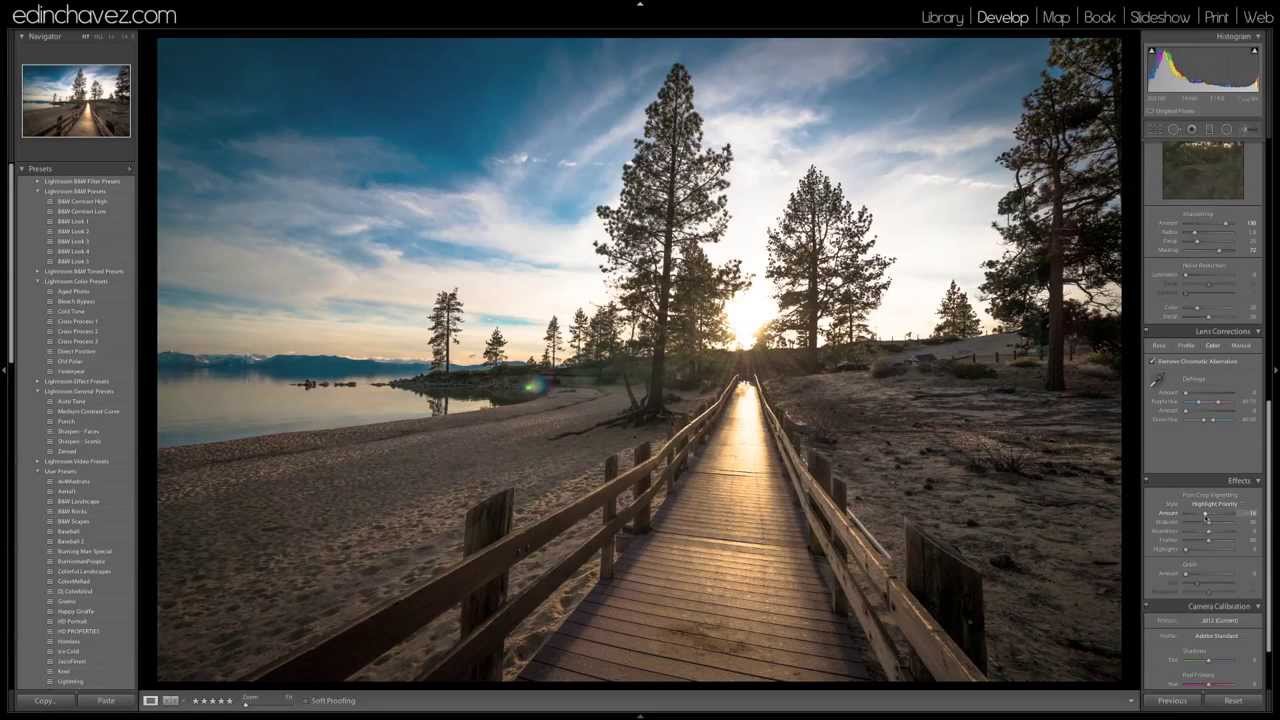



Comments